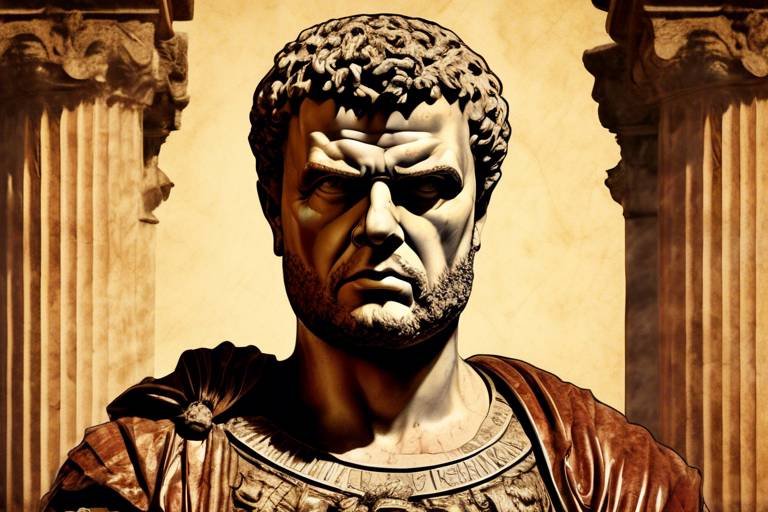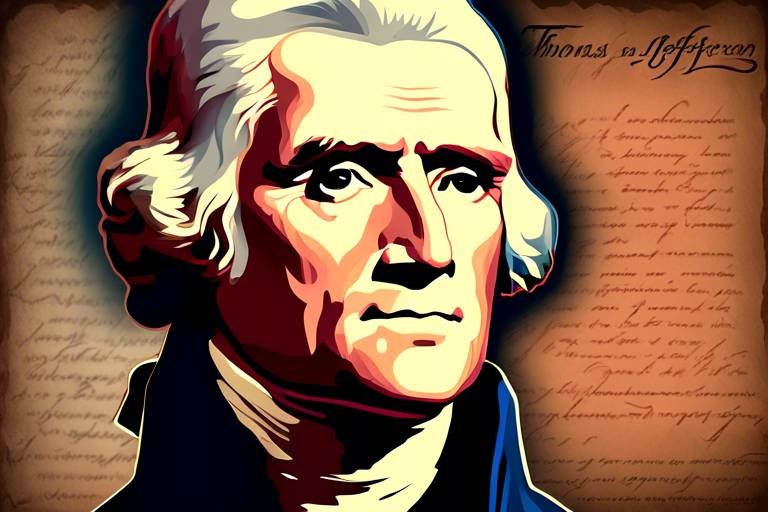Leif Erikson: The Norse Explorer
Leif Erikson, the Norse explorer, stands as a pivotal figure in the annals of exploration history, often overshadowed by the more renowned Christopher Columbus. Born into a lineage of seafarers and adventurers, Erikson's thirst for discovery was ingrained in his very being, nurtured by the rugged landscapes of Iceland where he spent his formative years.
Setting sail into the unknown expanse of the North Atlantic, Erikson's voyage to Vinland marked a groundbreaking moment in Norse exploration. Venturing far beyond the known boundaries of his time, he reached the shores of modern-day Newfoundland, where he and his crew established settlements, interacting with indigenous peoples and facing the harsh realities of forging a new life in a foreign land.
The legacy of Leif Erikson echoes through the ages, immortalized in Norse sagas and revered for his pioneering spirit. Despite controversies and debates surrounding the accuracy of historical accounts, Erikson's feats endure as a testament to the indomitable human will to explore, conquer, and adapt to new frontiers.
Tracing the exploration routes and navigation techniques employed by Erikson and his fellow Norsemen unveils a sophisticated understanding of the seas, honed through generations of seafaring tradition. Contrasting his voyages with those of his contemporaries, such as Christopher Columbus, sheds light on the diverse paths taken by different explorers in shaping the course of world history.
Today, Leif Erikson is celebrated through statues, festivals, and cultural events that pay homage to his daring spirit and the enduring legacy of Norse exploration. His name evokes a sense of wonder and admiration for the intrepid souls who braved the unknown, expanding the horizons of human knowledge and understanding.
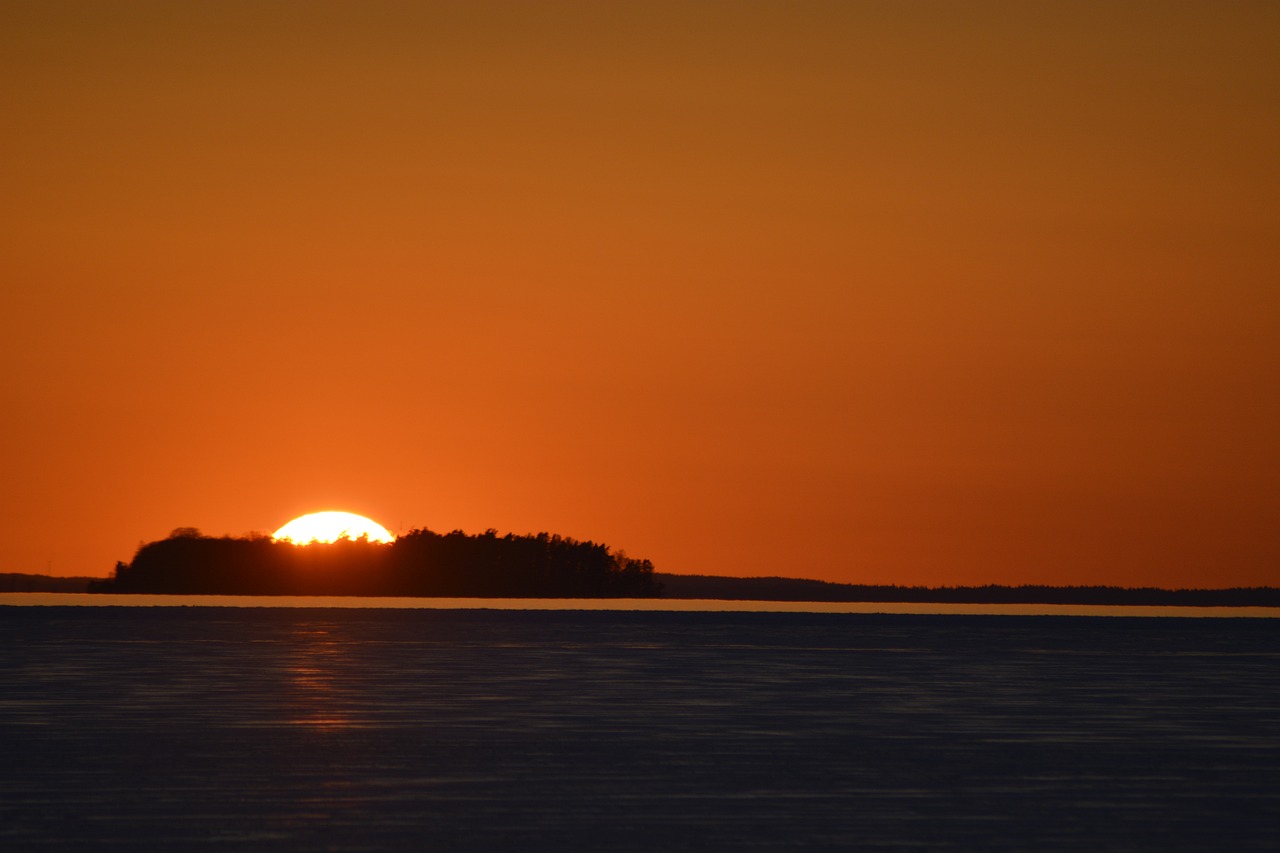
Early Life and Background
Exploring the life and adventures of Leif Erikson, the Norse explorer who is believed to have reached North America before Christopher Columbus, and his impact on Viking exploration and history.
Delving into Leif Erikson's upbringing in Iceland, his family lineage, and the influences that shaped his interest in exploration and seafaring.
Leif Erikson was born in Iceland around 970 AD, during a time when the Norse people were known for their seafaring prowess and exploration spirit. Growing up in a family of explorers and settlers, Leif was exposed to tales of distant lands and adventures from a young age. His father, Erik the Red, was a famous explorer who had established the first Norse settlement in Greenland.
From his father, Leif inherited a deep curiosity about the unknown and a thirst for discovery. He learned the art of navigation, sailing, and survival in harsh environments, skills that would later prove invaluable in his own expeditions. The rugged landscapes of Iceland and the unforgiving seas surrounding the island instilled in him a sense of resilience and determination.
Despite the challenges of his environment, Leif Erikson's childhood was filled with stories of far-off lands and mythical creatures, fueling his imagination and igniting his desire to explore beyond the known horizons. As he grew older, he became increasingly drawn to the sea, feeling a magnetic pull towards the open waters that beckoned him to adventure.
With a lineage steeped in exploration and a spirit hungry for discovery, Leif Erikson embarked on a path that would lead him to become one of the most legendary Norse explorers of his time, leaving a lasting mark on history and inspiring generations of adventurers to come.
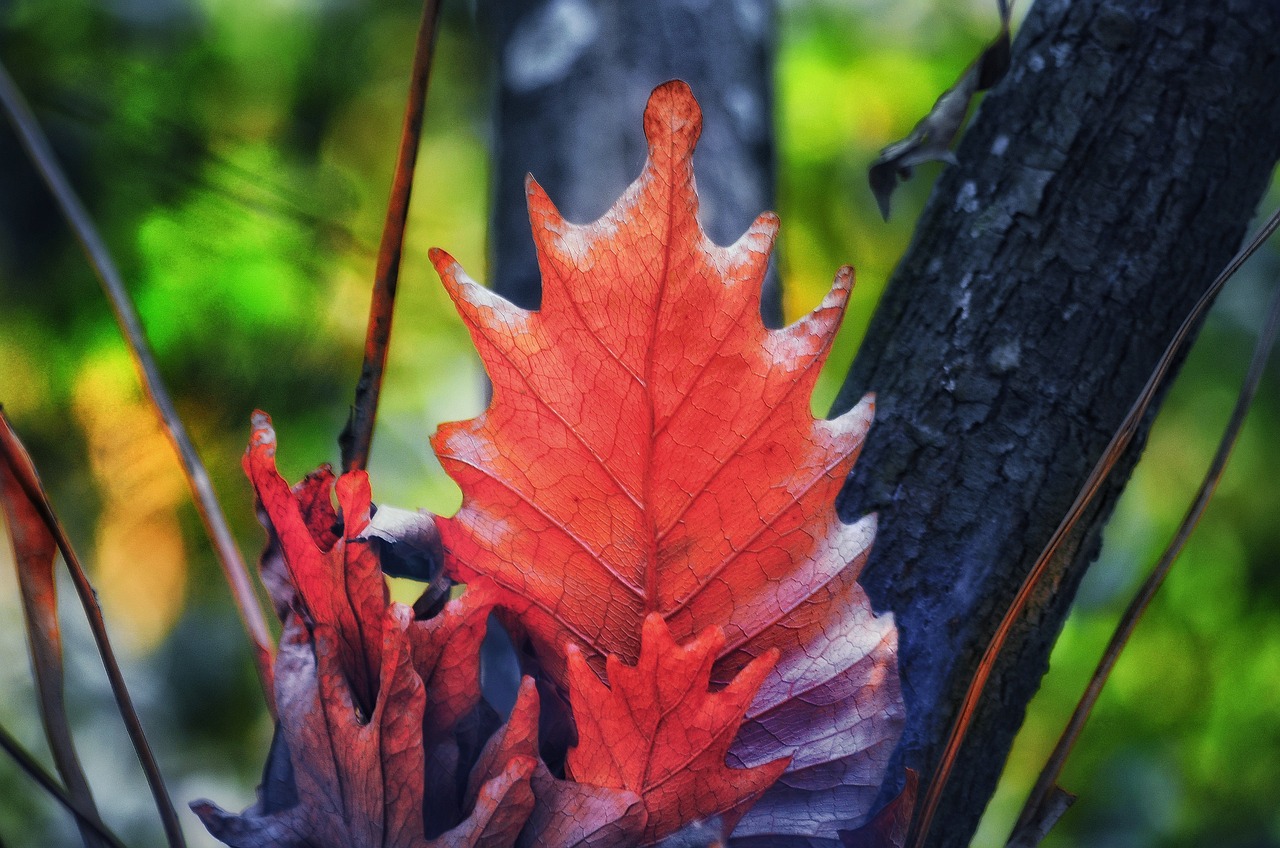
Discovery of Vinland
Exploring the life and adventures of Leif Erikson, the Norse explorer who is believed to have reached North America before Christopher Columbus, and his impact on Viking exploration and history.
Delving into Leif Erikson's upbringing in Iceland, his family lineage, and the influences that shaped his interest in exploration and seafaring.
Leif Erikson's journey to Vinland, now known as Newfoundland, marked a pivotal moment in Norse exploration. Venturing across the vast seas, Erikson and his crew stumbled upon this new land, rich in resources and opportunities. The discovery of Vinland not only showcased Erikson's daring spirit but also highlighted the prowess of Norse seafaring abilities.
Upon reaching Vinland, Leif Erikson and his fellow explorers wasted no time in establishing settlements along the rugged coast. They encountered indigenous peoples, forming relationships and facing challenges in this unfamiliar territory. Through perseverance and adaptability, Erikson's crew managed to create a foothold in Vinland, leaving a lasting mark on the land and its history.
Analyzing the legacy of Leif Erikson in Norse sagas, his impact on Viking exploration, and the recognition of his achievements in modern times.
Exploring the debates surrounding Leif Erikson's voyages, the reliability of historical accounts, and the ongoing discussions about his place in exploration history.
Investigating the navigation techniques used by Leif Erikson and the Norse explorers, their knowledge of the seas, and the routes they took on their expeditions.
Contrasting Leif Erikson's voyages with those of other famous explorers, such as Christopher Columbus, and evaluating their respective contributions to world history.
Highlighting how Leif Erikson is honored today, through statues, festivals, and cultural events that commemorate his achievements and the Norse exploration legacy.
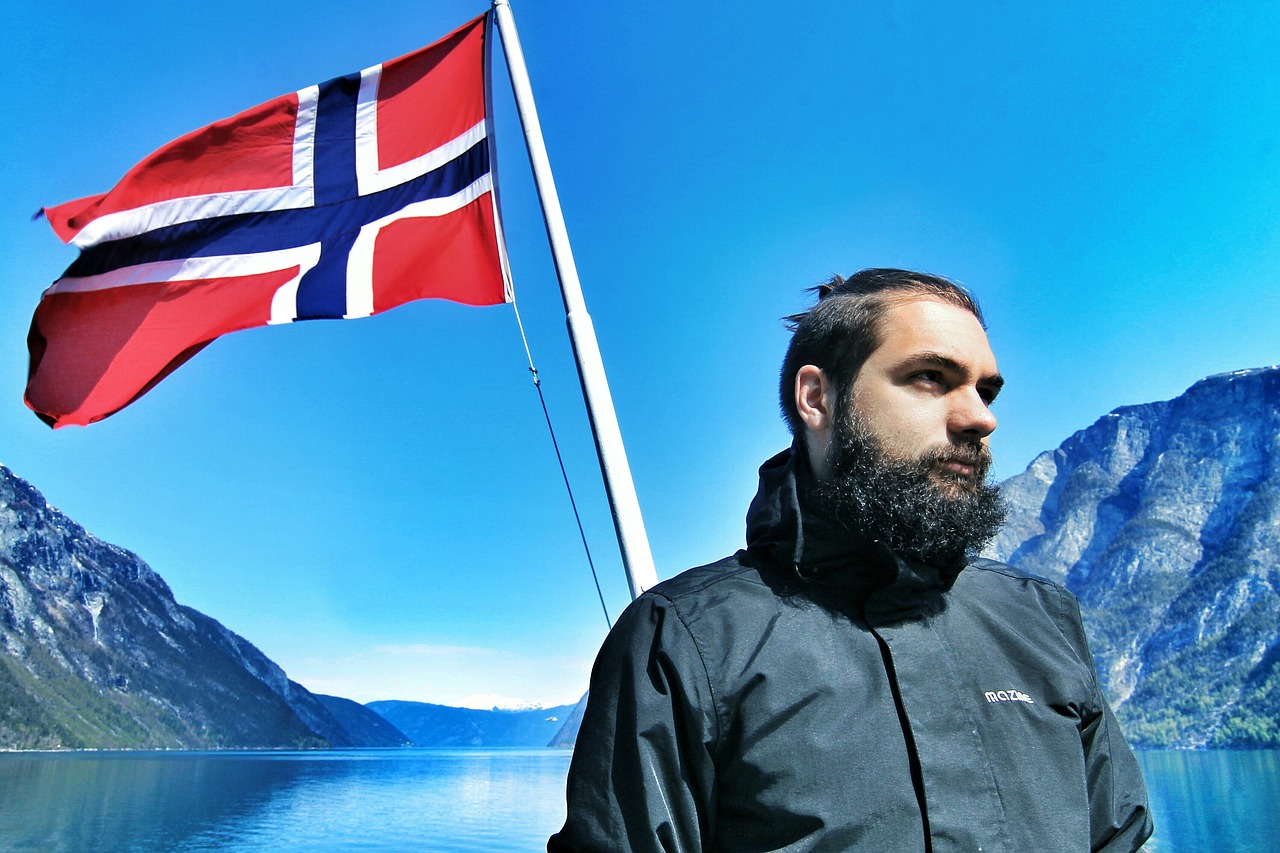
Establishing Settlements
When Leif Erikson and his crew arrived in Vinland, they faced the daunting task of establishing settlements in this new and unfamiliar land. Despite the challenges they encountered, including harsh weather conditions and limited resources, Erikson's leadership and determination guided the Norse explorers in building their presence in North America.
The settlements founded by Leif Erikson's expedition served as crucial outposts for further exploration and trade. They interacted with the indigenous peoples of the region, forging relationships and navigating cultural differences. Through their interactions, they exchanged knowledge and goods, creating a unique blend of Norse and indigenous cultures in Vinland.
To ensure their survival in this untamed wilderness, the Norse settlers had to adapt to the unfamiliar environment. They utilized their skills in agriculture and craftsmanship to construct dwellings, cultivate crops, and establish a sustainable way of life in Vinland. These efforts laid the foundation for a lasting Norse presence in North America.
Despite their resilience and ingenuity, the Norse settlers faced ongoing challenges in Vinland. Conflicts with the indigenous populations, scarcity of resources, and the harsh conditions of the new land tested their resolve. However, through perseverance and cooperation, they overcame these obstacles and built a thriving community in the distant shores of North America.

Legacy and Historical Significance
Leif Erikson, the Norse explorer, is a figure shrouded in mystery and adventure. His exploits in the vast oceans and uncharted territories have captivated historians and enthusiasts for centuries. Known for potentially reaching North America before Christopher Columbus, Leif Erikson's legacy looms large in the annals of Viking exploration.
Leif Erikson's impact on Viking exploration and history is profound, with his voyages immortalized in Norse sagas and historical accounts. His daring spirit and navigational skills have inspired generations of explorers to push the boundaries of the known world. The discovery of Vinland, believed to be modern-day Newfoundland, stands as a testament to Erikson's pioneering spirit and tenacity.
Through his expeditions, Leif Erikson not only expanded the reach of the Norse people but also fostered cultural exchanges with indigenous populations in the lands he visited. His interactions with the inhabitants of Vinland shed light on the complexities of early exploration and the challenges faced by those venturing into the unknown.
In modern times, Leif Erikson's achievements are celebrated through statues, festivals, and cultural events that honor his contributions to exploration. His legacy serves as a reminder of the indomitable human spirit and the insatiable thirst for discovery that drives individuals to conquer new horizons.
Despite controversies and debates surrounding the details of his voyages, Leif Erikson's historical significance remains undisputed. The ongoing discussions about his place in exploration history only add to the mystique surrounding this legendary figure, ensuring that his name will endure through the ages.
Comparing Leif Erikson's expeditions with those of other renowned explorers, such as Christopher Columbus, offers insights into the diverse approaches to exploration and the varying impacts on world history. While each explorer brought their own unique perspective and achievements to the table, Erikson's legacy as a trailblazer in Viking exploration stands out as a testament to his enduring influence.
Leif Erikson's navigation techniques and mastery of the seas paved the way for future generations of explorers to follow in his footsteps. His exploration routes and strategic decisions continue to be studied and admired, showcasing the ingenuity and resourcefulness of this legendary Norse explorer.
In conclusion, Leif Erikson's legacy and historical significance reverberate through time, inspiring awe and admiration for his courage and pioneering spirit. As we reflect on his achievements and the impact of his voyages, we are reminded of the boundless potential of human endeavor and the enduring legacy of those who dare to explore the unknown.
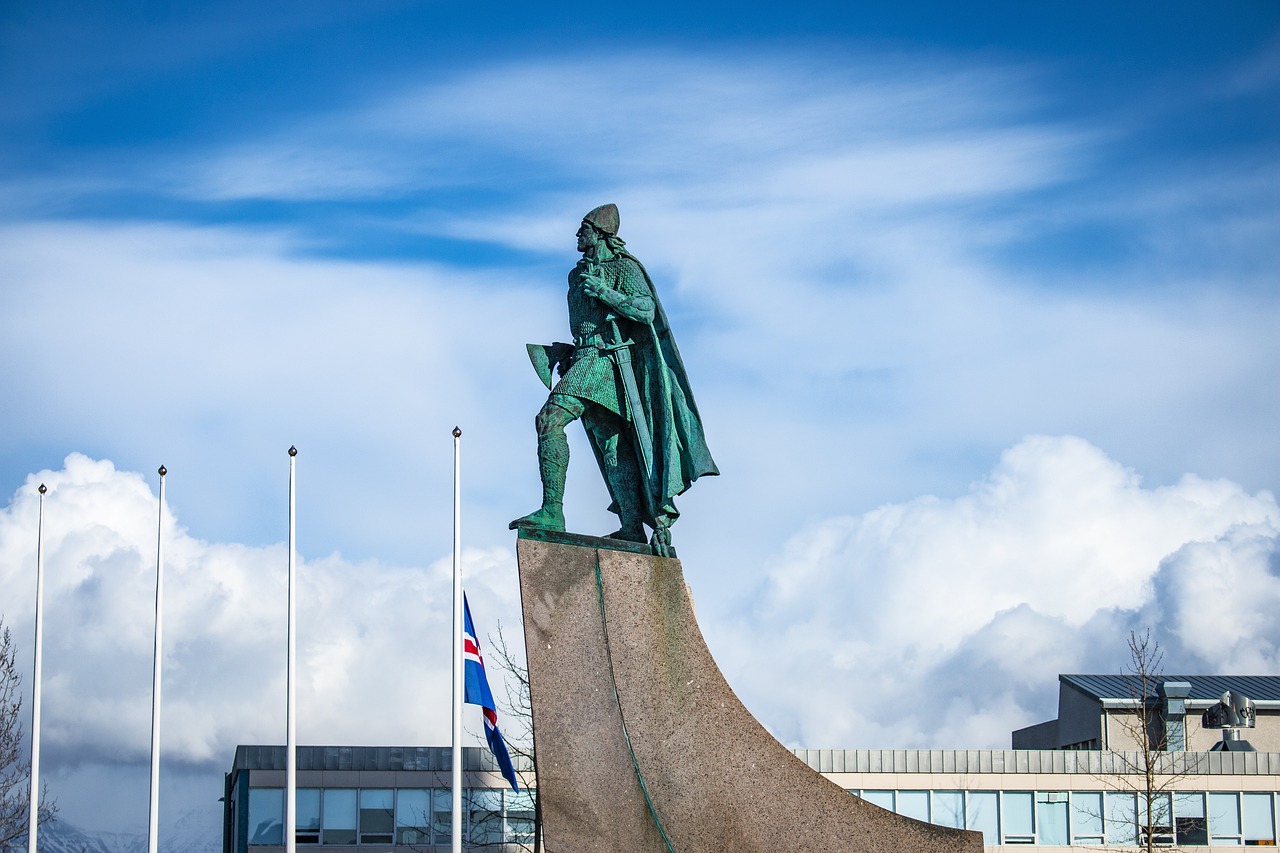
Controversies and Debates
Leif Erikson's voyages to North America have sparked among historians and scholars. One of the main points of contention is the accuracy of the historical accounts documenting Erikson's expeditions. Some argue that the lack of concrete evidence makes it difficult to confirm the exact locations he visited and the extent of his exploration.
Another debated aspect is the timing of Leif Erikson's arrival in North America compared to Christopher Columbus. While Erikson is believed to have reached the continent around the year 1000 AD, Columbus's famous voyage took place in 1492. This has led to discussions about the impact of Erikson's discovery on subsequent European exploration of the Americas.
Furthermore, there are ongoing discussions regarding the interactions between the Norse explorers and the indigenous peoples they encountered in Vinland. Some historians argue that the clashes and cultural exchanges between the two groups were more significant than previously thought, shaping the dynamics of early European contact with North America.
Debates also surround the legacy of Leif Erikson and whether he receives adequate recognition for his achievements. While he is celebrated in Norse sagas and by modern Viking enthusiasts, some argue that his contributions to exploration history have been overshadowed by other explorers like Columbus.

Exploration Routes and Navigation
Leif Erikson and his fellow Norse explorers were true pioneers of their time, venturing into the unknown with remarkable courage and skill. Their exploration routes and navigation techniques were a testament to their seafaring expertise and daring spirit. Unlike the well-documented journeys of later explorers, the exact routes taken by Erikson are shrouded in mystery, adding an air of intrigue to his expeditions.
Utilizing traditional Norse navigation methods, such as reading the stars, observing wildlife, and interpreting natural signs, Erikson and his crew navigated the treacherous waters of the North Atlantic with remarkable precision. They relied on their knowledge of wind patterns, currents, and landmarks to chart their course, demonstrating a deep understanding of the sea that few possessed during that era.
While specifics about the exact routes taken by Erikson remain uncertain, historians believe that he followed a path from Greenland to the northeastern coast of North America, eventually reaching Vinland, now identified as modern-day Newfoundland. This journey would have required careful planning, skilled seamanship, and a keen sense of direction, showcasing Erikson's navigational prowess.
Comparing Erikson's navigation techniques to those of other famous explorers, such as Christopher Columbus, reveals the unique challenges and strategies employed by each seafarer. While Columbus relied heavily on celestial navigation and the use of navigational instruments, Erikson's approach was more rooted in traditional Norse methods that prioritized observation and intuition.
In essence, Leif Erikson's exploration routes and navigation skills not only led him to new lands but also paved the way for future explorers to follow. His daring voyages across the Atlantic Ocean left an indelible mark on history, inspiring generations to push the boundaries of exploration and discovery.

Comparison with Other Explorers
When comparing Leif Erikson with other famous explorers, such as Christopher Columbus, it becomes evident that both individuals played significant roles in shaping world history through their explorations. While Columbus is often credited with the discovery of the Americas, Leif Erikson's earlier expedition to Vinland showcases the Norse explorer's pioneering spirit and seafaring skills.
Leif Erikson's exploration of Vinland predates Columbus's voyage by several centuries, highlighting the Norse's early presence in North America. Unlike Columbus, who sailed under the Spanish flag in search of a western route to Asia, Erikson's journey was fueled by a desire to discover new lands and resources for his people.
One key difference between the two explorers lies in their approaches to navigation. Leif Erikson and the Norse relied heavily on their knowledge of the stars, sun, and natural landmarks to navigate the treacherous seas, while Columbus utilized more traditional methods and instruments, such as the compass and astrolabe.
Furthermore, the legacies of Leif Erikson and Columbus differ in how they are celebrated and remembered today. While Columbus Day is a federal holiday in the United States, honoring Columbus's arrival in the Americas, Leif Erikson Day is recognized in various states as a tribute to the Norse explorer's early exploration of the continent.
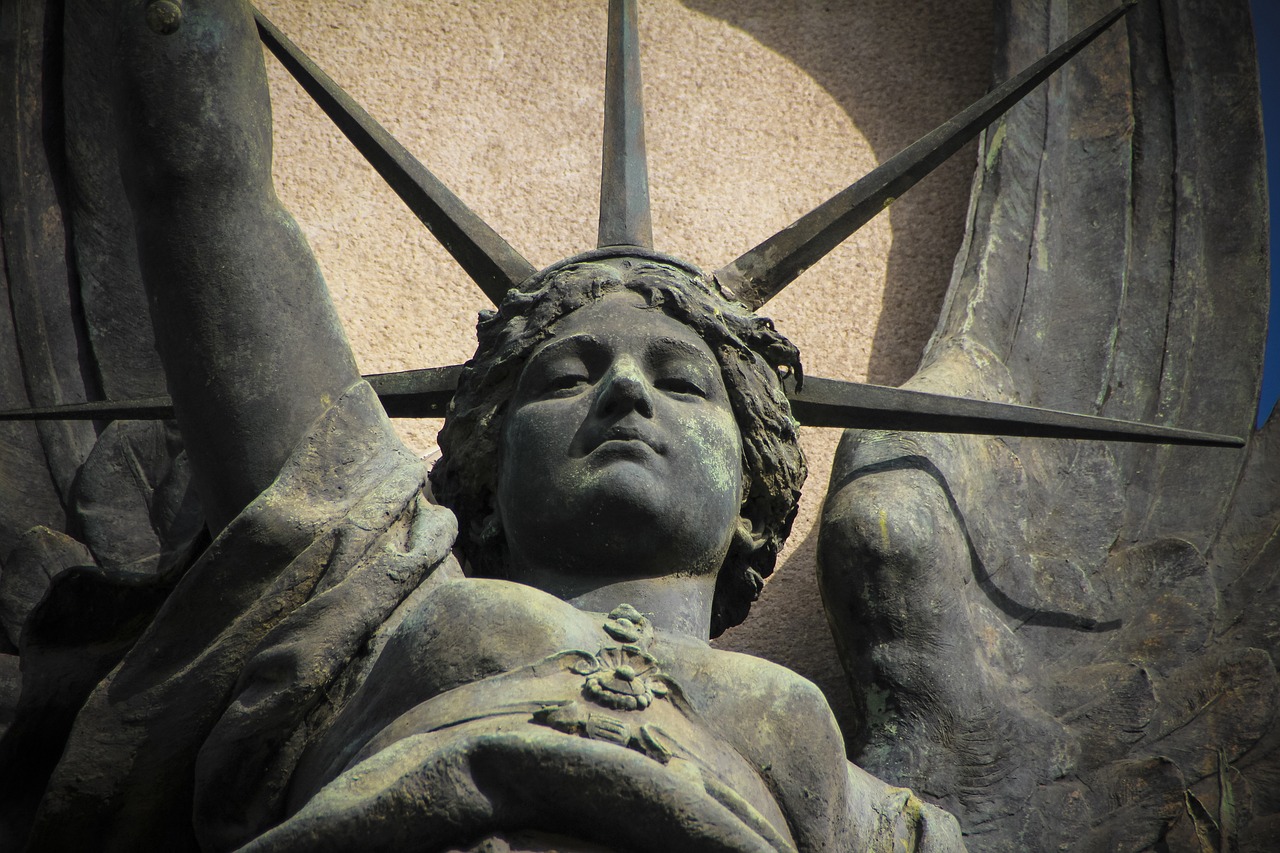
Modern Tributes and Celebrations
Leif Erikson, the Norse explorer, continues to be honored and celebrated in modern times for his remarkable achievements in exploration. Tributes to Erikson can be seen in various forms, ranging from statues and monuments to annual festivals and cultural events dedicated to commemorating his legacy. These tributes serve as a reminder of Erikson's pioneering spirit and his significant contributions to Norse exploration history.
Statues of Leif Erikson can be found in different parts of the world, symbolizing his role as a trailblazer in discovering new lands. These statues often depict Erikson in his iconic exploration attire, holding a compass or gazing into the distance, capturing the essence of his adventurous spirit. Visitors can admire these statues and learn more about Erikson's expeditions and the impact he had on Viking exploration.
Furthermore, festivals and cultural celebrations are organized in honor of Leif Erikson, bringing communities together to celebrate his legacy. These events feature traditional Viking music, dance performances, historical reenactments, and educational activities that highlight Erikson's voyages and the cultural significance of Norse exploration. Through these celebrations, Erikson's achievements are not only remembered but also shared with new generations, fostering a sense of appreciation for his historical importance.
In addition to statues and festivals, educational initiatives and museum exhibitions also play a vital role in honoring Leif Erikson and promoting awareness of his exploration endeavors. Museums dedicated to Norse history often feature exhibits showcasing artifacts from Erikson's time, interactive displays on Viking navigation techniques, and immersive experiences that transport visitors back to the era of Norse exploration. These educational resources ensure that Erikson's legacy continues to inspire curiosity and interest in exploration history.
Overall, modern tributes and celebrations dedicated to Leif Erikson serve as a testament to his enduring legacy and the lasting impact he has had on Viking exploration. By commemorating his achievements through statues, festivals, and educational initiatives, Erikson's pioneering spirit lives on, inspiring future generations to embrace the spirit of adventure and discovery that defined his remarkable expeditions.
Frequently Asked Questions
- 1. Who was Leif Erikson?
Leif Erikson was a Norse explorer believed to have reached North America around the year 1000 AD, making him one of the first Europeans to set foot on the continent.
- 2. What is Vinland?
Vinland was the name given by Leif Erikson to the region he explored in North America, which is believed to be modern-day Newfoundland in Canada.
- 3. How did Leif Erikson's voyages impact Viking exploration?
Leif Erikson's voyages to North America expanded the knowledge of the Norse about new lands, contributing to the overall exploration efforts of the Vikings during that time.
- 4. What evidence supports Leif Erikson's presence in North America?
Archaeological findings, such as Norse artifacts and structures, along with historical accounts, provide evidence of the Norse presence in North America, including Leif Erikson's expeditions.
- 5. How is Leif Erikson commemorated today?
Leif Erikson is honored through statues, festivals, and cultural events that celebrate his achievements and the Norse exploration legacy, especially in regions with Scandinavian heritage.







